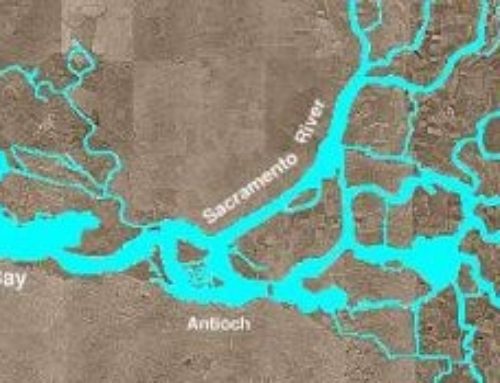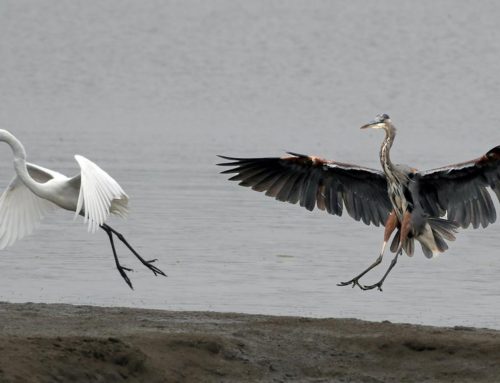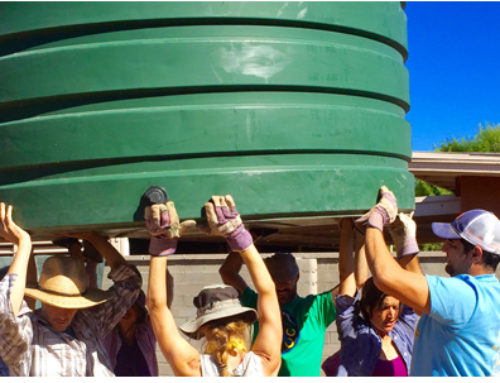-
Our governor-in-waiting has already published his water plan for the 21st century. It contains details that we all want to be familiar with so as to understand the focus of the upcoming administration’s agenda. Take a look. And then, take action!
Dan Walters: Water Still on Agenda for Brown
dwalters@sacbee.com
Published Sunday, Nov. 28, 2010During the campaign, Jerry Brown was fairly vague on what he would do as governor, especially on how he would resolve the state’s chronic budget problems. “It will evolve,” one of Brown’s pet phrases from his first governorship, was the unspoken credo of the campaign for his second.
There was, however, a notable exception to Brown’s vagueness – water. He published a fairly specific policy paper on water, reflecting his own extensive experience with its complicated politics.
As governor three decades ago, Brown attempted to complete the State Water Plan that his father launched in the 1960s. The system that gathers water from as far north as Mount Shasta and transports it as far south as San Diego had – and still has – one troublesome choke point: the Sacramento-San Joaquin Delta.
Water from reservoirs on the Sacramento River and its tributaries flows into the northern edge of the Delta. State and federal water systems draw it from the southern edge. Using the estuary as a conveyance befouls its environment.
Brown endorsed water engineers’ solution, a “peripheral canal” that would carry water around the Delta. After much political maneuvering, he pushed it through the Legislature. But as written, the legislation alienated both environmental groups and San Joaquin farmers, who forged a strange-bedfellows alliance that persuaded voters to reject the plan in a 1982 referendum.
Ever since, California water policy has been stalemated. But last year, outgoing Gov. Arnold Schwarzenegger forged a new political deal that promised both to repair the Delta and to stabilize water supplies, albeit without details, and included an $11.1 billion bond issue to finance provisions.
The bond issue was to have appeared on this month’s ballot, but sensing – probably correctly – that it would be rejected, the governor and the Legislature postponed it until 2012.
Brown’s plan endorses “a peripheral canal or tunnel” and generally supports the Schwarzenegger plan’s goals, but pointedly does not endorse the bond issue, which has been criticized for its pork barrel aspects and its use of taxpayer-supported bonds to finance water projects, rather than user fees.
Brown’s plan says that “beneficiaries – or users – of water infrastructure projects should pay their share of the costs of those projects. … The projects must be cost-effective and make long-term sense.”
Meanwhile, the huge Westlands Water District has pulled out of an effort to resolve the perennial peripheral canal debate called the Bay Delta Conservation Plan, echoing the farmer-environmentalist alliance that killed Brown’s version 28 years ago.
The peripheral canal conflict and the delay in the bond issue imply that the entire Schwarzenegger plan may be collapsing. Brown might find water policy where he left it in 1983.






